CPM Machine (Continuous Passive Motion Machine)
What is a CPM Machine?
A Continuous Passive Movement (CPM) Machine is a motorized apparatus that passively moves a joint through a predefined range of motion.
An electrically powered device that automatically progresses a particular joint by using a predetermined range of motion is referred to as a continuous passive movement, or CPM, machine. With this CPM machine, you can improve range of motion and lessen stiffness in your joints after surgery.
With continuous passive movement (CPM), a joint is moved by a machine without the patient having to do any labour on their part. Unlike disconnected passive movement, continuous passive motion (CPM) movement occurs continuously over extended periods of time.
It is often applied continuously by a mechanically desired joint over a regulated range of motion without patient effort for up to 24 hours a day for a minimum of 7 consecutive days.
Since the movement is passive, it does not limit the dosages that cause muscle exhaustion. Because a human cannot apply regulated movement continuously for extended periods of time, a machine is used.
The study procedures created by Robert Salter served as the foundation for the CPM Machine therapy method.
Definition:
A patient doesn’t have to put up any effort to use a CPM machine; it travels passively and steadily over a predetermined range of motion.
General Principles of CPM:
- Even in cases when the patient is wearing a brace or surgical bandages, the CPM unit is frequently used in the recovery area right after surgery.
- The joint’s arc of motion is established.
- A modest arc of 20 to 30 degrees is commonly used at first, and it is gradually raised to 10 to 15 degrees every day.
- Typically, there is one cycle every 45 seconds or two minutes of movement.
- When the patient is not using the CPM machine, physiotherapy treatment is given.
- Typically, CPM requires less than a week to obtain a suitable rate of return on investment.
How does it thing work?
According to certain studies, a CPM machine could:
- lessen suffering
- shorten hospital stays
- lessen the requirement for manual joint mobility while patients are sedated.
Nevertheless, the authors of the study draw the conclusion that not enough information was provided to ascertain how a CPM machine affected participants’ general assessments of the efficacy of treatment.
People can frequently move their joints without using their muscles by using a CPM machine. It can help flex a joint that might otherwise be difficult to move.
The deformed body component can be inserted into the CPM machine and operated using a handheld control. For instance, users can alter the tempo and intensity of their movements as well as start and stop them using the control panel.
It is dependent upon the patient’s health and the joint being treated for how long a person has to utilise a CPM machine. You will receive guidance from a healthcare professional regarding the proper usage of the machine and its duration.
For instance, a person recovering from a hip injury would utilize a CPM machine for four hours every day for four weeks. Healthcare providers might suggest that users only utilize the equipment for 45 minutes at a time and take breaks in between.
Where does a continuous passive motion machine operate?
- It can be quite difficult to restore the range of mobility in a joint.
- A joint’s rigidity may be a problem that restricts the outcome and produces discomfort.
- As a result, some surgeons employ CPM in an effort to enhance joint mobility and stop the production of scar tissue.
- CPM is most likely to be administered following knee replacement or knee cartilage repair surgery, though it may be suggested after procedures like ACL reconstruction or frozen shoulder surgery.
- It can also be used to eliminate knee lumps in children with osteosarcoma following surgery.
- Although the evidence is preliminary, CPM may help reduce the incidence of DVT following knee surgery.
- Active mobilization and physiotherapy are substitutes for CPM.
Suggestions for CPM:
- fracture
- knee replacement
- Arthritis
- Hip replacement
- Ligament reconstruction
Unsuitable Use of CPM:
- unstable fracture
- stiffness of muscles
- manic episode
- seizures due to epilepsy
- erratic vital signs
- Sweating and fever
For what duration is a CPM machine appropriate?
The ideal course of action is usually to use a CPM machine for five to six hours per day, spaced two hours apart. According to research, three different types of research were conducted on CPM machines, using them for three to four hours, five to six hours, and ten to twelve hours in a 24-hour period. The ideal option yielded the best outcomes when 5 to 6 hours were separated by 2 hours.
Uses of CPM machine:
An apparatus for the knee that employs constant passive motion:
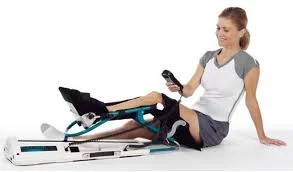
Following knee replacement surgery OR additional post-operative knee joint surgery OR knee joint immobilisation, a passive knee movement machine:
- To guarantee that your knee rests where the machine bends and your foot grinds on the foot patch when using a CPM machine on the back of your knee, position your leg accordingly.
- It is crucial that you position your hand at the point where the CPM machine bends when applying it to the region surrounding your shoulder.
- Encircle the hand grip with your hand.
Shoulder machine with continuous passive motion:
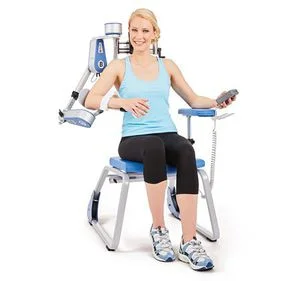
CPM machine following surgery on the shoulder joint:
- For many patients, one of the most prevalent side effects of rotator cuff surgery is shoulder stiffness.
- The shoulder joint is smoothly rotated within a specified range of movements by the CPM machine for a particular period of time.
- Movement strengthens the muscles surrounding the joint, promotes circulation, and results in the formation of scar tissue.
- For best results, the surgeon might suggest CPM machine therapy in addition to physiotherapy, particularly following surgery to remove scar tissue from the shoulder.
- By allowing the soft tissue structures to heal, the CPM machine preserves the integrity of the shoulder rehabilitation that was surgically completed.
CPM machine following elbow joint surgery:
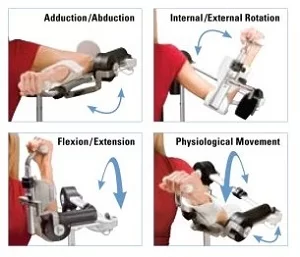
- A restrictive elbow can be made more mobile by surgical contracture reduction.
According to some writers, increasing movement can eventually result from the use of continuous passive movement (CPM) in postoperative care.
The Benefits of CPM:
- minimise the negative effects of joint immobilisation.
- inhibiting the formation of stiff joints, tissue adhesions, and contracted muscles.
- provide a stimulating impact on ligament and tendon recovery.
CPM devices only move your joints; they do not actually work your muscles. - reducing the immobilization’s impact.
- The rate of intra-articular healing is accelerated by increasing the joint’s synovial fluid.
- They are believed to be beneficial because they offset the adverse effects of extended immobilization.
- Your arm or leg’s range of motion (ROM) will expand.
- Reduce the pain following surgery:
- Your arm or leg may be experiencing an increase in blood flow.
- Improve the circulation with constant pumping activity to improve the nutritional state of the affected extremities.
Advantages of CPM:
- Your arm or leg’s range of motion (ROM) will expand.
The CPM machine will bend your joints. - Your muscles might get more powerful faster.
It’s possible that your pain is less.
Your arm or leg should have more blood flow.
Disadvantages of CPM:
- There is no optimal hip joint movement possible due to hip joint rehabilitation in the field.
Hip adduction and abduction are not feasible. - Complications with continuous passive motion machines:
If a CPM machine is used excessively, it may lead to joint pain and edema in that area.
Rapidly increasing motion can also raise the risk of spraining a muscle or injuring a ligament.
It is strongly advised to gradually increase motion.
Precautions of CPM:
- An intra-compartmental hematoma may result from the combination of CPM with anticoagulation medication.
- It’s possible for skin irritation from the bands or carriage cover to arise.
Depending upon the kind of therapies, the CPM machine’s usage frequency may change:
Everywhere from nonstop for twenty-four hours to nonstop for an hour, three times a day.
It is clear that longer daily durations lead to reduced hospital stays, fewer surgical complications, and more range of motion upon discharge.
Exercise regimens, including sling or active-assistive exercises, are started while the patient is not using a CPM machine.
A week is often the minimum time, or until a good return on investment is being made.
Active exercises are part of a physiotherapy treatment programme that is performed until the patient reaches the appropriate level of ADL activity.
Equipment:
CPM machines are currently made by a number of different businesses.
CPM machines are portable, adaptable, simple to operate, and adjustable.
The device has enough power to enable the wearer to use it for up to eight hours while performing ADL tasks.
Then, when the person sleeps, the electricity is restored.
There are CPM instruments available for almost all surrounding joints.
Follow-up care:
During each routine appointment, your physical therapist will evaluate functional metrics including range of motion to track your progress.
As an example, an instrument for self-assessment such as the Knee Outcome Survey Activities of Daily Living Scale (KOS-ADLS) could be employed. Six questions on symptoms during everyday activities and eight questions about limits resulting from a knee replacement are included in the survey.
You can be sent back to your surgeon for imaging studies if you are not healing properly. This is to ensure that the repair was successful or that the healing process was not aberrant.
Price of a continuous passive motion machine:
While buying a CPM machine might cost up to $2,000, renting one is usually a less expensive option. One CPM rental company claims that the rental cost begins at $80 to $120 per week and increases by $100 for each additional week. Each country has different prices.
The cost of a continuous passive motion machine in India might range from 10,000 to 20,000 Indian rupees. There is also the less costly alternative of renting a CPM machine. The typical range for CPM machine rentals is 80 to 150 INR.
Summary
Using a CPM machine can help improve the range of motion following joint surgery. The use of a CPM machine after hip or knee surgery is a good option.
Research on the topic has not yet revealed whether or not a CPM machine has a substantial positive impact on postoperative recovery.
Depending on the patient’s health and the afflicted joint, a CPM machine may have different results. Using a CPM machine can sometimes aid with pain relief and range of motion improvements.
FAQs
What is the CPM machine’s operating principle?
There are two guiding concepts that support the idea of CPM. To begin with, articular cartilage needs movement in the joints to be preserved. Second, and pertinent to the topic at hand, appropriate periarticular soft tissue compliance is necessary to maintain joint homeostasis.
What does CPM aim to achieve?
In order to encourage the restoration of normal joint range of motion (ROM) and hence avoid issues from joint stiffness, CPM is most frequently utilized following joint surgery. Following knee replacement or knee cartilage repair surgery, it is often advised.
For what duration is a CPM machine appropriate?
A CPM may aid in avoiding joint pain, stiffness, and the formation of adhesions. How long do I use the machine? If you are using crutches for an extended period of time, the machine may be utilized for up to two weeks. Each day, two to four hours will be spent using the equipment.
What is the CPM machine’s maximum range of motion?
The maximum flexion and maximum extension of a standard CPM machine are 120 degrees and -10 degrees, respectively. Working your way up to 45 degrees of flexion, you should start at 0 degrees of extension when starting CPM. In week two, you should start at -5 degrees of extension and work your way up to 90 degrees of flexion.
References
- Sissons, B. (2020, August 24). CPM machine: What to know. https://www.medicalnewstoday.com/articles/cpm-machine#how-it-works
- Physiotherapist, H. (2023, May 21). CPM Machine ( Continuous Passive Motion Machine) – Samarpan. Samarpan Physiotherapy Clinic. https://samarpanphysioclinic.com/cpm-machine-continuous-passive-motion-machine/#Use_of_CPM_machine
- Cluett, J. (2023, August 28). What is a Continuous Passive Motion (CPM) Machine? Verywell Health. https://www.verywellhealth.com/cpm-continuous-passive-motion-2549555

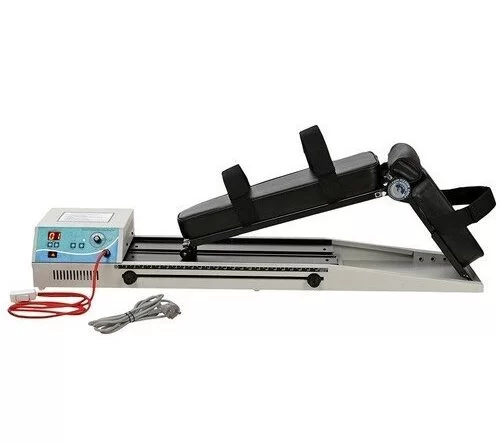
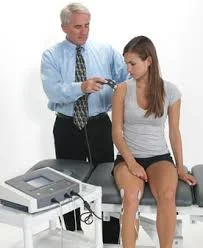

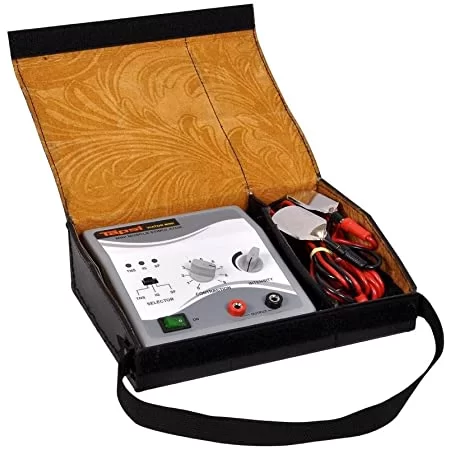
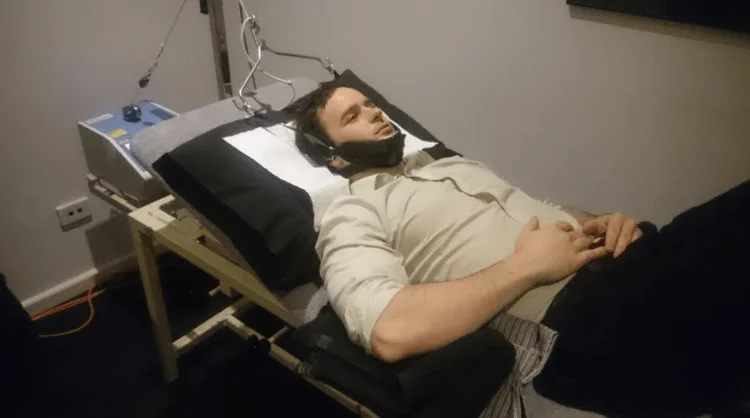
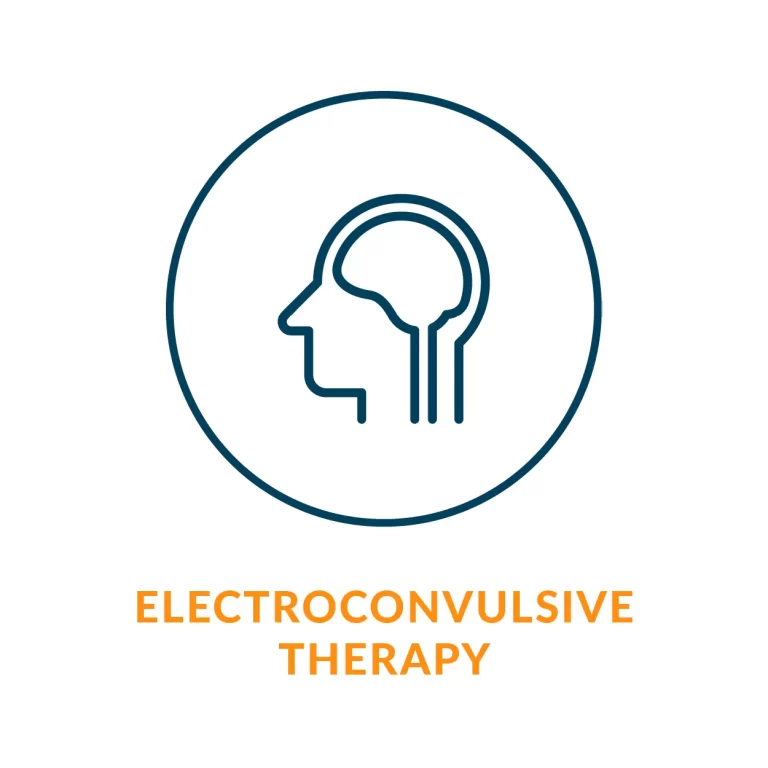
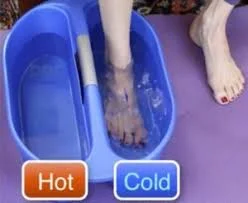
One Comment